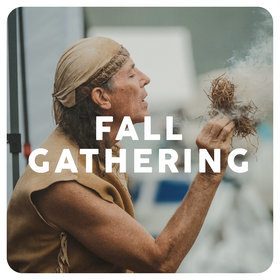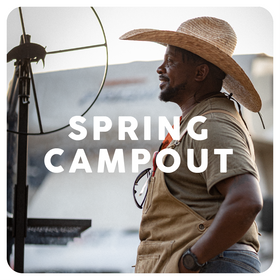
How to Use Medicinal Plants
We hear a lot about a lot of medicinal plants in the bushcraft world, but the details on how to use them don't get as much attention. We are told the plants can be used as things like poultices, decoctions, infusions, elixirs, etc., and like with any skill; the devil is in the details. Let's dive into the specifics of making assorted medicinal concoctions for optimal results.

In all cases, the goal is to move the medicinal compounds from inside the plant's cells to inside you. This means those cell walls need to be broken so their powers can be released, regardless of the final preparation technique. Like so many things, there's the fast, crude, inefficient way and the slow, smooth, effective way. Both methods have a place in the bushcraft world.
The fast way is to mechanically rupture the cell walls by chopping and mashing the plant. Start by beating the bundle of plants with a stick for a few minutes, followed by slicing it up into tiny pieces. This technique is mainly used in bushcraft emergencies such as cuts, burns, and insect bites. Some plants can be chewed into a pulp before use, but this is generally frowned upon when you are going to use the plant to treat someone else.
READ MORE: Medicinal Trees of Georgia
More potent medicines can be made if the plants are allowed to air dry for 2-3 weeks. When a plant dies, an enzyme is triggered to chew holes through these walls, allowing the plant's contents to be returned to the soil. Air drying allows this process to occur naturally, with the enzyme chewing holes until all the water evaporates, usually taking 2-3 weeks. The end result is all the plant's cells can release their compounds rather than just those cells that had been cut or broken. Note using a dehydrator to speed this up won't create the holes you want. Your house should look like a witch's workshop! Once dried, crush/chop/slice the plant into small pieces to increase surface area. Use this technique for medicinal plants you harvest while out and about.
Now, onto the different concoctions:
Poultice
Fresh plants are chopped, mashed, or chewed into a paste which is then applied to the skin. It is left there for ten minutes, then washed off. Depending on the severity of the issue, you may have to apply a poultice up to three times a day. Common poultice plants include plantain (burns, insect bites), horsetails (tissue damage), sweetgum tree leaves (antibiotics), or wild violets (burns). Use immediately.
Tisane

This is the herbalist word for "tea." Near-boiling water is poured over the plant matter, which is then steeped for 15 minutes. The water/plant ratio is 4/1 when using fresh plants and 4/0.25 with dried plants. Leaves and flowers are the most common part used to make a tisane. Mullein leaves (respiratory issues), dandelion flowers (diuretic), and horsemint flowers (antibiotic) are examples of good plants for tisanes. Use within 24 hours of making.
Infusion
This is a longer soak, where the plants are left in the water for six hours (hot water) to overnight (cold water). Use the same water/plant ratio as for a tisane. This technique is used for stems and soft roots, which are generally a bit tougher than leaves and flowers and so require longer contact time with the water. Passionvine stems (sedative) and verbena roots (anti-anxiety) make good infusions. Use an infusion within 36 hours of making.
Decoction

This is similar to the tisane and infusion, but one boils the plant. Start with the water/plant ratio of tisanes but boil it down to half the liquid volume. This is used for tough plant parts such as bark and woody roots. Willow bark (pain relief, fever reduction) and burdock root (liver stimulation/protection) are used as decoctions. Use a decoction within two days of making.
Tincture

This is plants extracted with alcohol, and it does take several weeks to do right, so it'll be something you do at home rather than in the wild. For fresh plant material, the plant/190 proof alcohol ratio is 1/2. Fresh plants require this high concentration of alcohol because the plant's water will dilute it down, and if the overall alcohol concentration drops too low, the tincture may not be self-preserving. With dried plants, the ratio is 2oz (weight) in 5oz (fluid) of 80-100 proof alcohol, such as vodka or brandy. Note, don't use gin as it already has a bunch of herbs in it, which may interfere with the medicinal action you desire. Goldenrod (antibiotic, anti-inflammatory), stinging nettle (antihistamine), and cleavers (lymph cleanser) are often tinctured. Tinctures are considered to remain good for 5+ years after making.
If you've been paying attention to the news, you may realize how important being able to make your own medicines may be. The ways above are the easiest for beginners and don't require any special equipment or components. There are many more advanced ways to turn plants into medicine which I'll cover in future articles. Go Wild, get healthy!
-Mark “Merriwether” Vorderbruggen, Ph.D.




